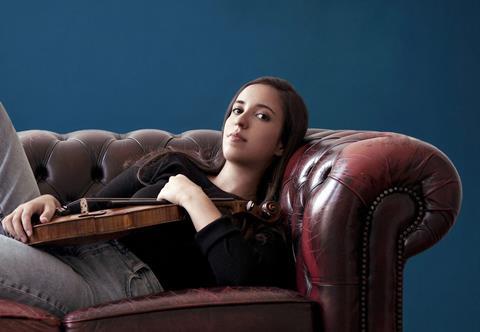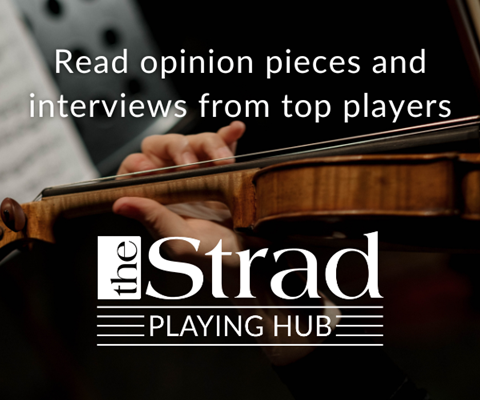Rebeca Nuez Suarez discusses the contribution the Sonatas and Partitas for solo violin by Bach can make to gaining dexterity and strength in the right hand

Discover more Featured Stories like this in The Strad Playing Hub
The unaccompanied violin Sonatas and Partitas by Johann Sebastian Bach have been the subject of practitioners and experts’ study, analysis and writing across generations. An unquestionable staple in every classical violinist’s journey, these movements are set to enhance and accompany the musical and technical progress of violinists of all ages at every stage of our development.
While in a previous piece I addressed some of the benefits these provide through the overall learning development of young performers, this time we will focus on the specific ways this work may contribute to the acquisition and improvement of dexterity and strength in the right hand.
Violin playing allows for a wide variety of bowing techniques, and while not all of them are present throughout the Sonatas and Partitas, these do generate an expansive field of opportunity to train some of the most foundational of these techniques.
1. Legato
Obtaining a good legato, first and foremost, can always be a challenge when copious and complex string crossings are involved. Mastering a smooth legato will require the player to come up with the exact wrist and fingers movement combination needed to achieve a clean set of string transitions within slurred passages, and the bow will need to be apportioned carefully for these transitions to happen with the appropriate speed/pressure/space ratio to generate the desired true legato effect without the occurrence of unwanted accents.
2. Détaché
All movements of the Sonatas and Partitas have a polyphonic texture throughout, even when this is not obvious at first from the appearance of the text. We would refer to this as latent polyphony, and it is responsible for the uniqueness of the détaché technique in the music of Bach.
Players may opt to combine a short and light détaché bowing played in the middle of the bow (mainly in excerpts of fugues of the Chaconne) with a slightly more cantabile, but still light détaché executed with the upper half of the bow, and a third, fuller and heavier détaché that remains a bit closer to the string.
These become a comprehensive ‘workout’ targeting the entire musculoskeletal structure of the right hand as, in every case, players will need to build strength and endurance to develop an even and resistant stroke that creates a uniform canvas in which to later build musical intention. Dynamics play an essential part in the clarification of polyphony, which means volume, direction, and the light expressive accentuation of individual notes which are part of the different themes and melodic lines will need to be ingrained into the détaché, as these are to be effected with the bow.
3. Chords and Double Stops
The movements that construct their polyphony by combining simple melodic lines with double stops and chords, which are the majority in the Sonatas and Partitas, require bow pressure and speed to be managed with clinical precision in order to not only obtain a clean sound, but also to emphasise the polyphonic layers by generating a different set of dynamic progressions and musical direction for each of the simultaneous melodic and harmonic lines.
In most cases, chords require the value of their parts to be sustained through different lengths in favour of a clear voice-leading, as the principal voice, thematically, is given prominence with the intention of making its melodic line and rhythm clear to the listener. A stern and detailed control of the bow will enable players to sustain the principal voice a little longer each time, while the shorter notes in the subsidiary voices must be let in and out gently but clearly. The quitting of parts that are not sustained should not be too sudden, but should be accomplished as skillfully and inaudibly as possible through quick, flexible and carefully controlled fingers/wrist/forearm movement and sensible distribution, avoiding unsuitable accents and roughness.
Although these techniques can be encountered across all kinds of repertoire, the sonatas and partitas offer a set of concentrated challenges that target joint mobility, strength and control, thus becoming a relatively unique context for musicians to train on the very particular demands of a string player’s right hand.
Watch Rebeca Nuez Suarez perform the Chaconne from J.S. Bach’s Partita for Violin Solo No. 2 in D Minor, BWV 1004 here:
Read: 4 ways Bach can improve your playing: Violinist Rebeca Nuez Suarez
Read: Sentimental Work: Bach’s Sonatas and Partitas on the violoncello piccolo












































No comments yet